The continuous growth in energy demand together with the awareness of green house gases and their implication on climate change has pushed our society to design and think of new clean and environmentally sustainable sources of energy. Atmospheric sciences is the branch of physical sciences that studies the movement and properties of the air mass between the earth surface and the open space and it is strategically placed to play a fundamental role in the search for new sustainable energies. Deep understanding of the movement of the atmosphere and its exchange with the earth’s surface is fundamental for developing the energy strategies of the near future. What was once described as the butterfly effect by Edward Lorentz, reflecting the inherent degree of complexity of the atmospheric system, also illustrates well the high degree of interconnectivity and complexity of the environmental system, bringing into relevance the need for fundamental understanding when one wishes to tackle such a multi-layer problem.
The research program developed in the Wind Energy and Turbulence laboratory focuses on the development, understanding and modeling of wind energy with its feedbacks to the local atmosphere and surrounding environment. We have a special interest in fundamental processes and a clear goal to better assess the future development of sustainable sources of energy. Currently, our research program focuses on the following three topics:
- Near-surface processes within the atmospheric boundary layer (ABL): Most of the energy flux parameterizations used within the numerical codes to model the land-atmosphere interactions rely on spatial homogeneity and statistical stationarity. Up until present these assumptions have worked decently well given the coarse numerical resolution available. However, with the increase in computational power, it is now possible to resolve the heterogeneities of the real land surface. An improved understanding of the atmospheric flow physics is therefore needed to develop new parameterizations that can cope with this spatial heterogeneity.
- Wind turbine wakes and incoming flow conditions: Future wind turbines will learn about the incoming wind conditions by means of wind LIDAR technology installed at the nacelle of the turbines. By scanning the flow upstream of the turbine it is possible to measure the unperturbed wind direction and to learn about the incoming turbulence ahead of time, so the turbine settings can be timely readjusted. Our research group uses Large Eddy Simulations to explore the incoming wind conditions and learn how far upstream and for how long one should measure according to the thermal stratification of the atmosphere and the presence of additional upstream wind turbines.
- Atmospheric Boundary Layer data analysis: Over the past few years we have developed a new research area related to the novel use of Proper Orthogonal Decomposition (POD) for the analysis of atmospheric time series. This is an ongoing project developed in collaboration with researchers at EPFL (Switzerland), UT- Dallas, PSU and KIT (Germany).
Addressing these problems will enable a focused research effort to answer fundamental questions in the context of clean energy, climate change and sustainability. As a research group, we believe that we can siginificantly contribute to the community by bringing together the knowledge and experience from the mix of an engineering and atmospheric sciences approach, together with the understanding of fundamental fluid mechanics.

